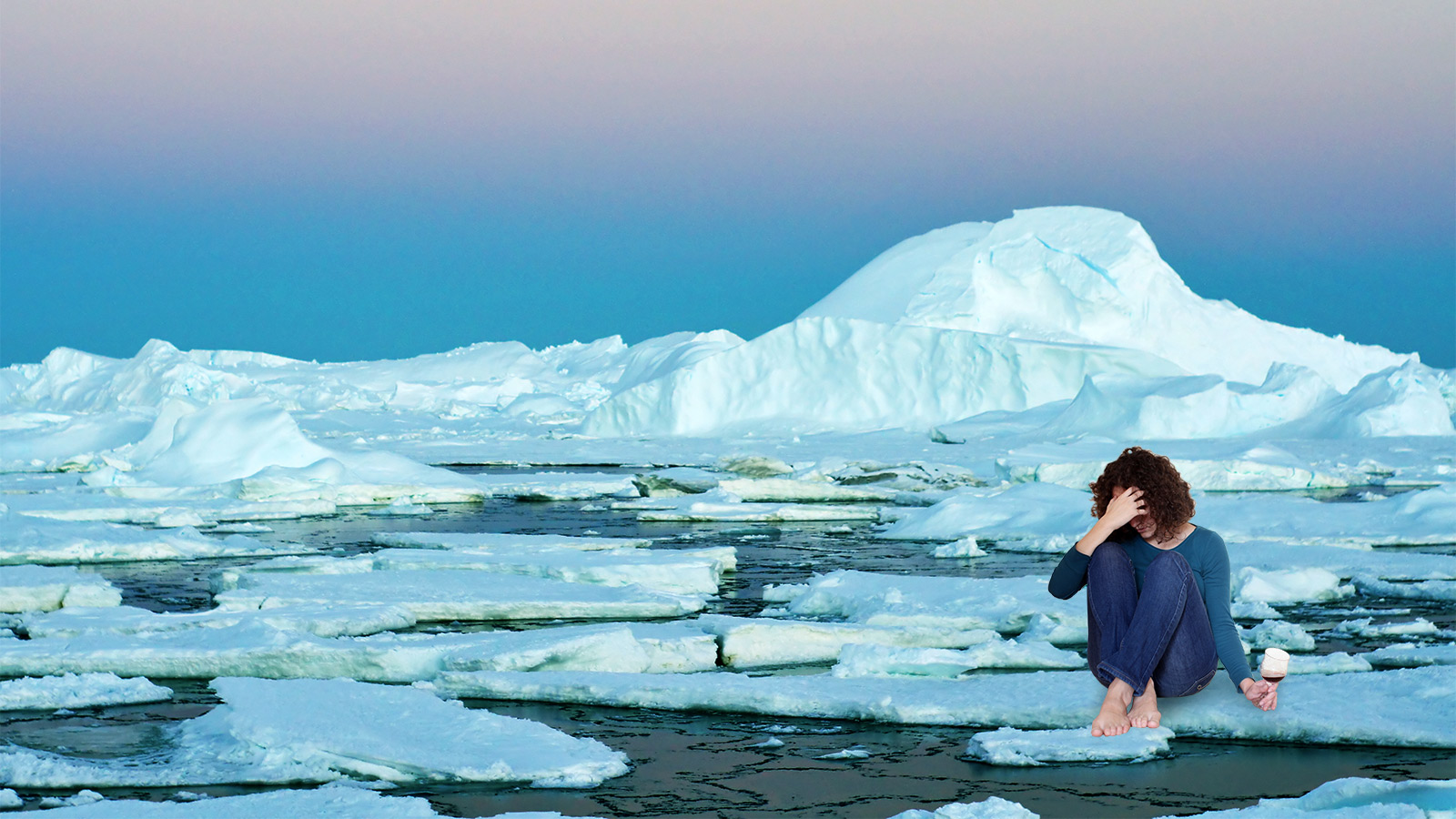It’s Monday, Itâ€
Before you get cranking on that ark (maybe you can have those cute animals after all!), let’s take a deep breath. There’s still uncertainty about how cataclysmic this particular cataclysm is. New York Times blogger Andy Revkin points out that “collapse” is a relative term in geological affairs. Both sets of researchers behind the two separate studies, upcoming in the journals Science and Geophysical Research Letters, agree that we could have a good century or two of continued incremental rise before the melt starts to really speed up. It might take anywhere between 200 and 1,000 years before the ice in question is totally gone and the seas have swallowed all the low-lying land from the Jersey Shore to the Philippines.
But according to this new research, there’s no question that it’s going to happen. An upwelling of warm ocean water has made this ice sheet in western Antarctica, which is the largest cache of grounded ice left in the world, particularly unstable. It already releases as much glacial melt every year as leaked by the whole of Greenland. The tepid upwelling that is causing the trouble is the result of high winds over Antarctica, probably intensified by climate change; atmospheric warming and ozone depletion over the continent can’t have helped either.

NASA/Eric RignotCritical glaciers in Antarctica’s Amundsen Sea, including Thwaites, which scientists have identified as the cork in this proverbial wine bottle. Click to embiggen.
None of this should come as a total shock. Scientists have been predicting the possible collapse of these tricky glaciers for years, most notably glaciologist John Mercer, who in 1968 called the West Antarctica sheet a “uniquely vulnerable and unstable body of ice.”
Now scientists report they have proof that the process is well and truly under way. The main warning sign was an accelerated glacial flow in the past few decades, which suggests that ice loss is happening fast enough it will be impossible to arrest, as the New York Times explains:
At this point, a decrease in the melt rate back to earlier levels would be “too little, too late to stabilize the ice sheet,” said Ian Joughin, a glaciologist at the University of Washington and lead author of the new paper in Science. “There’s no stabilization mechanism.”
We “have passed the point of no return,” affirmed the second study’s lead author, Eric Rignot, a glaciologist at UC Irvine and NASA. In a press conference Monday morning, Rignot invoked the image of wine in a corked bottle. The glaciers, which rest in a scoop of land that dips below sea level, are separated from the Southern Seas by a little bit of ice on the edge of the shelf — the stopper. Once that melts away, there’s little to prevent the remaining ice from flowing out and floating into deeper waters, where it will be exposed to more upwelling warm seawater.
“We can tell that the bottle has been uncorked,” Rignot said in the press conference — giving the sentence a grimmer spin than it tends to get at your average picnic or dinner party. Now it’s just a matter of how fast the wine, a.k.a top vintage Antarctic meltwater, runs out into the oceans. Plus, ice is still streaming off the rest of Antarctica and Greenland, where other glaciers may not be far from chronic instability themselves. The total sea-level rise, whenever it happens, stands to kick us out of our coastal cities once and for all.
All of which has me thinking I could use a glass myself.



